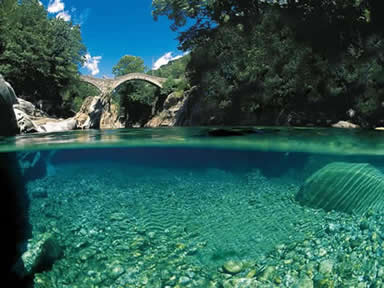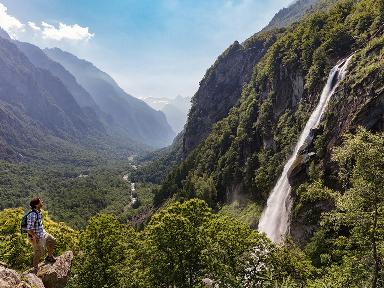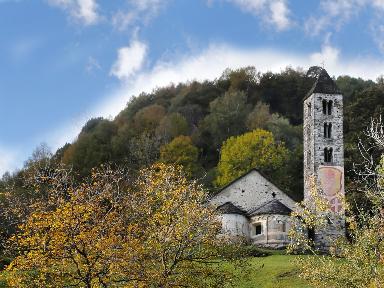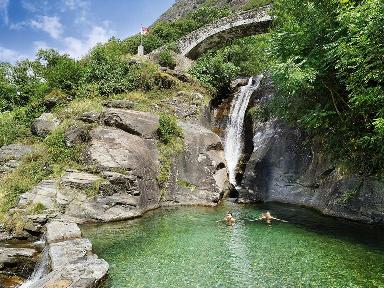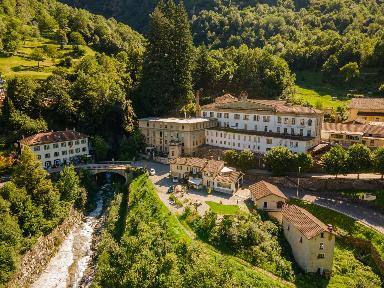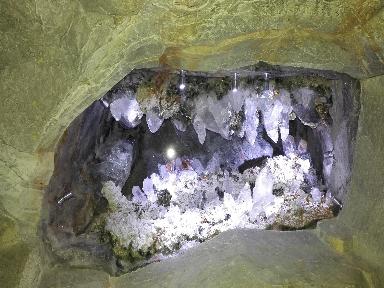.jpg)
At the north of the Semione’s hamlet raise the ruins of the Serravalle Castel.
The first evidence of the site’s occupation dates back to the late 9th century. The place’s name derives from the Longobard word “sala”, which referred to a departement identified for legal, administrative and economic purposes. The first castle was destroyed in 1176 following the defeat of Emperor Fredick I Barbarossa at Legnano by Milan’s army, who built a second castle at a later date, around 1220-1230.
A series of architectural modifications were made until 1402, when, following the death of Duke Gian Galeazzo Visconti, the second castle was systematically razed and then definitely abandoned.
In 1928-1930, under the supervision of architect Eugen Probst, the site was cleaned up and cleared of the rubble. The first castle’s foundations have been partially preserved underground.
The second castle’s layout has survived, although its upper
part is lost.
The wall and external courtyard, in the southern part of the complex, are clearly recognisable.
The small church of Santa Maria del Castello, incorporated within the castle’s curtain wall, appears in written sources as earlyas the first half of the 14th century, although the current structure dates from the 16th century.
.jpg)
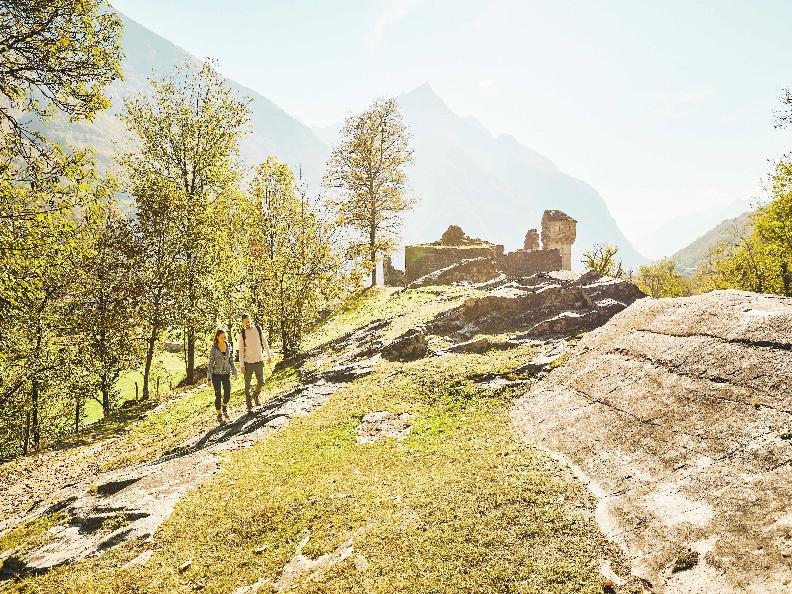
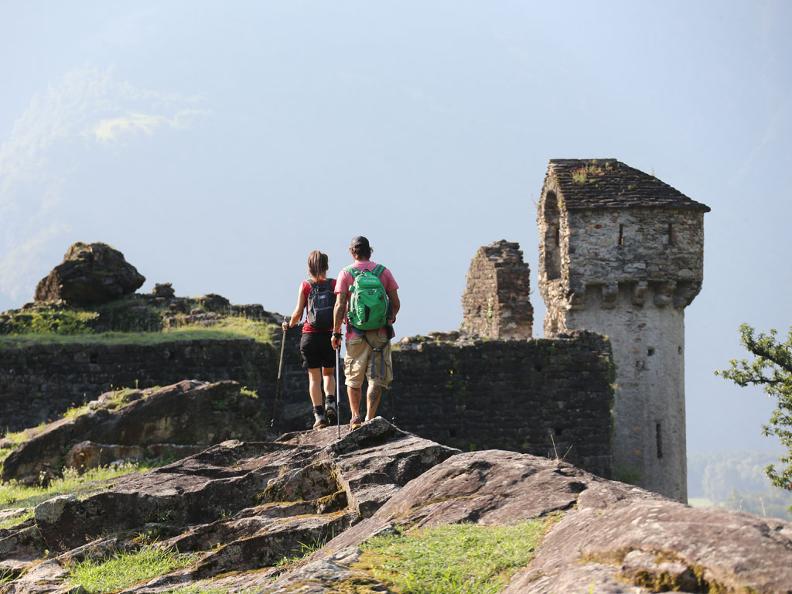
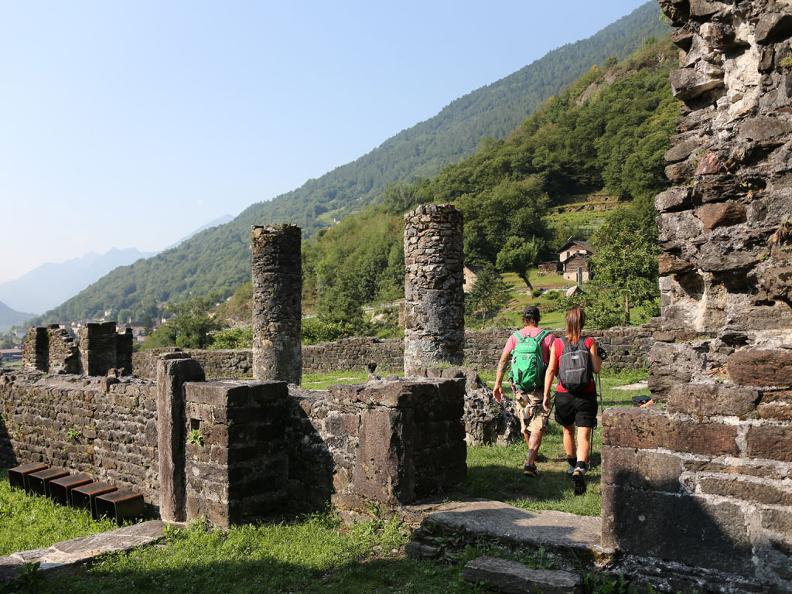
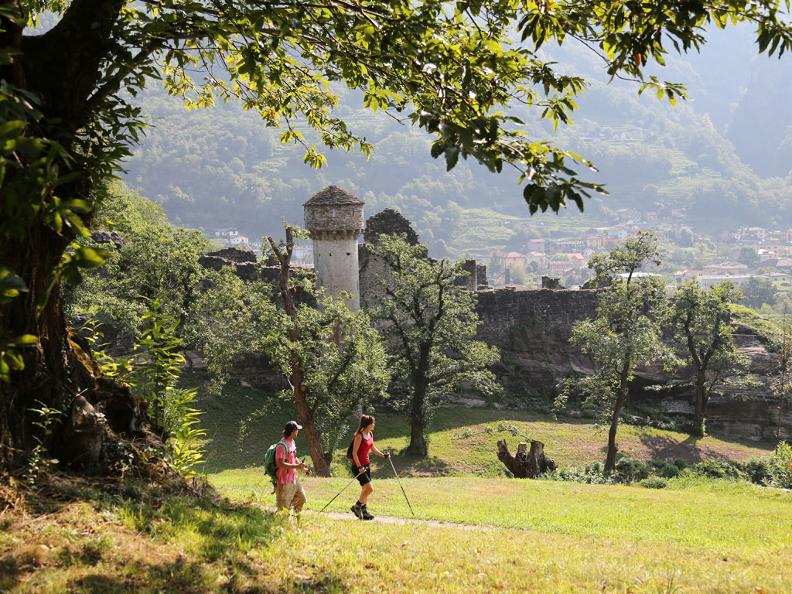
.jpg)
.jpg)
.jpg)
